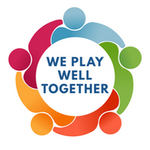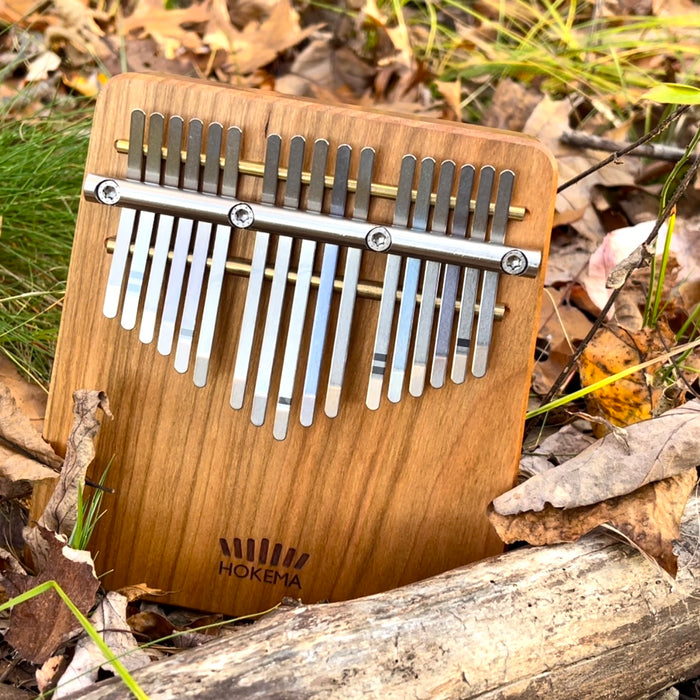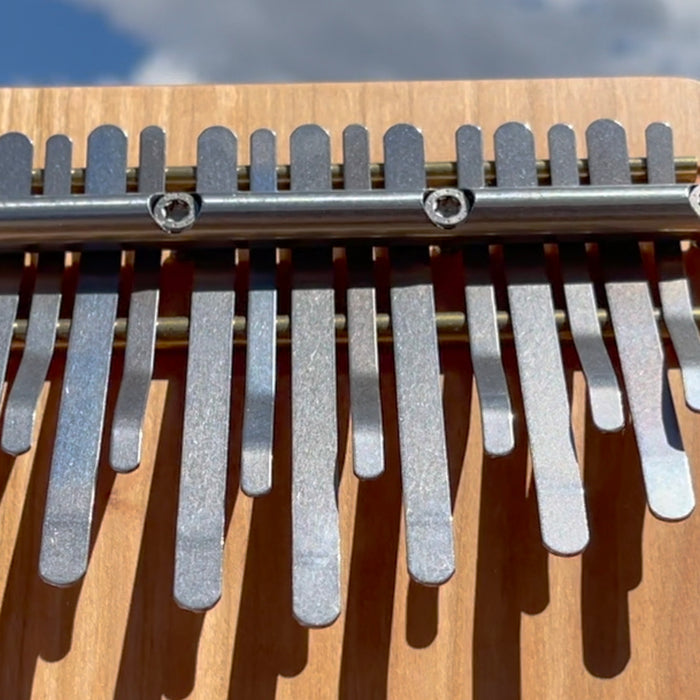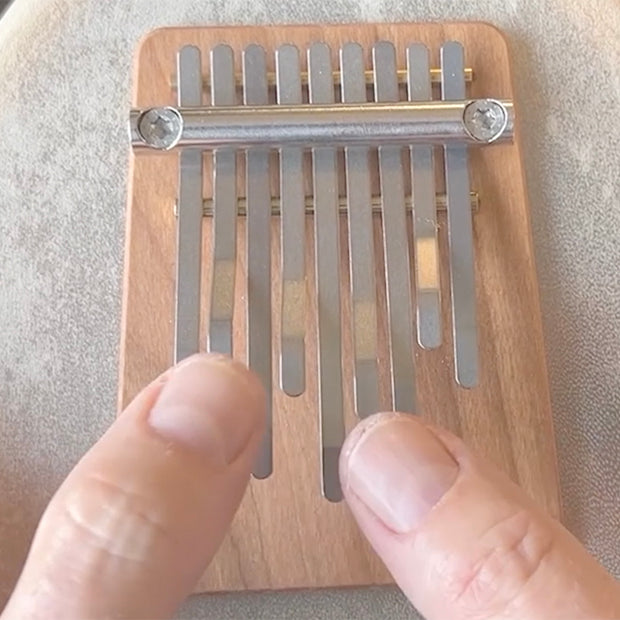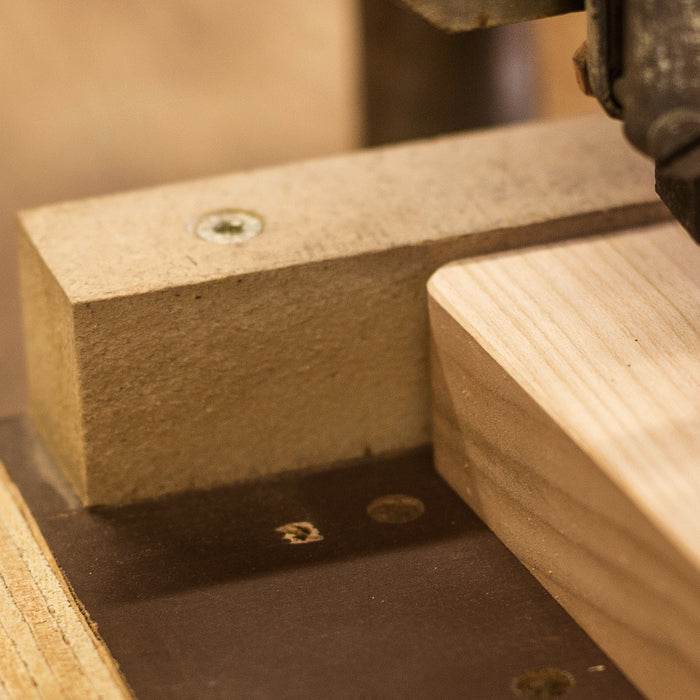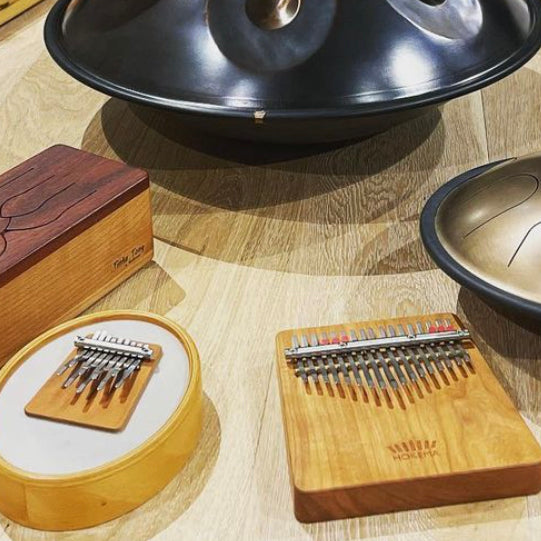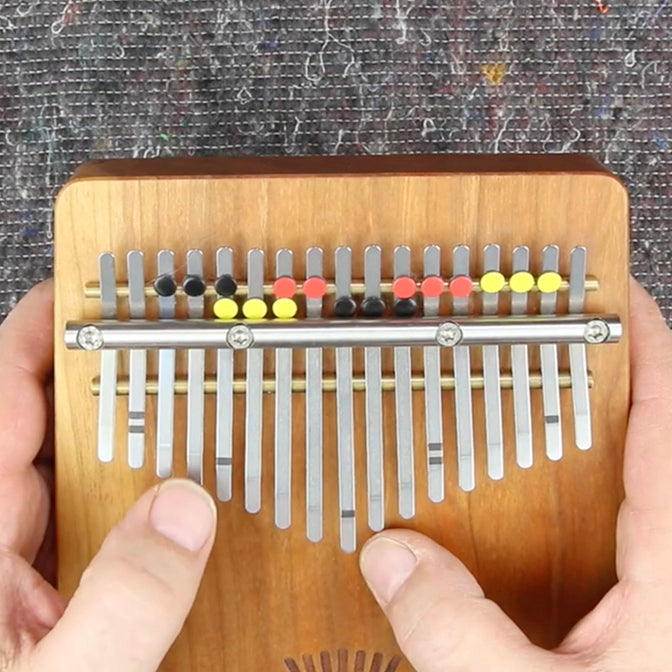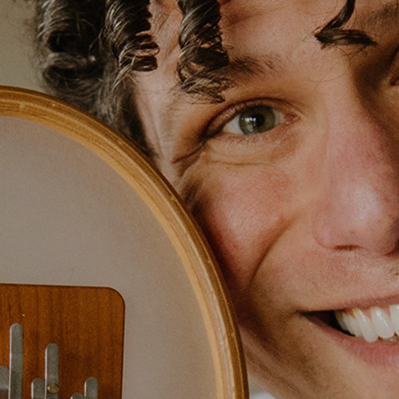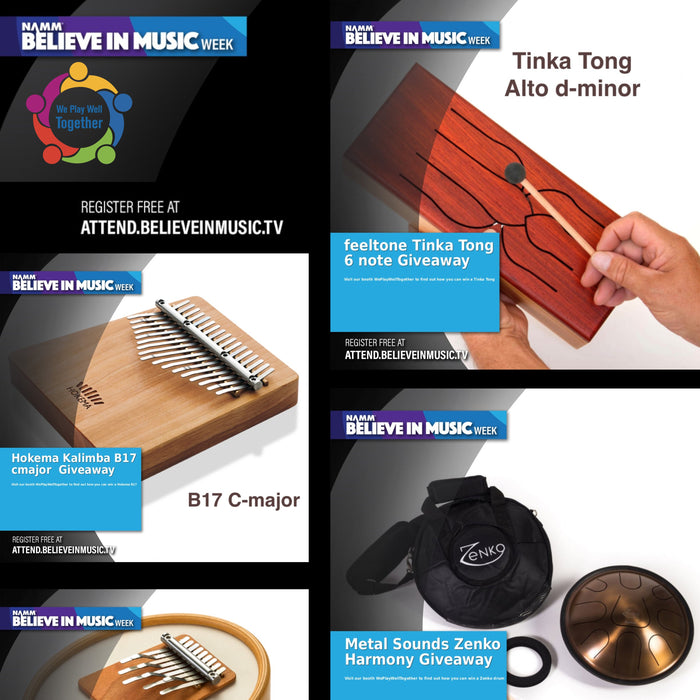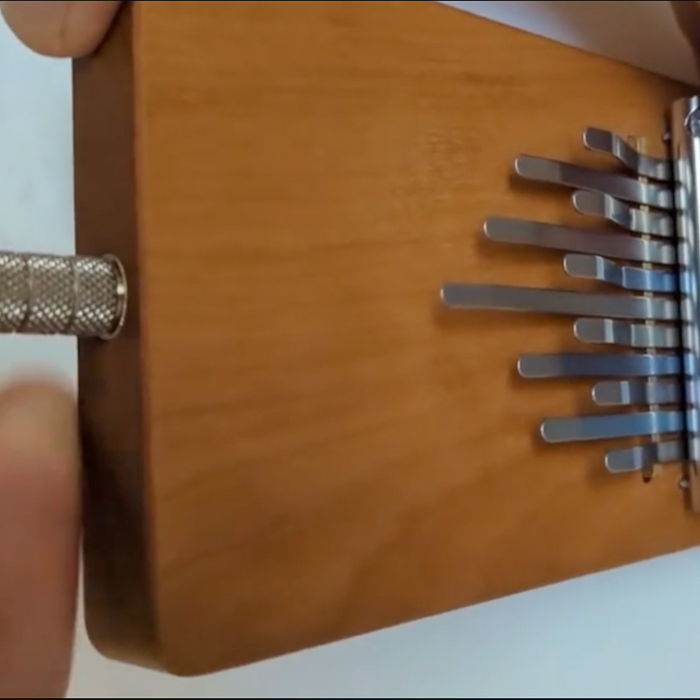
Kalimba Electro: Techniques for the Studio and Live Stage!
The video highlights Connor Shafran and Sia Mozaffari (Sia Seeds), demonstrating innovative uses of the Kalimba Electro in live and studio settings, from pitch-shifting in Germany to triggering samples and loops in Oakland. Featured is the B11 Kalimba Melody Electro, tuned to G-Major, alongside its variants in a-minor and C-Major pentatonic scales – all adjustable with Hokema's tuning tool.
Dive into the fusion of traditional African rhythms with modern music production. Hokema's Kalimba Electros, with their built-in pickups, are a seamless fit for live performances and digital setups, offering a warm, gentle sound that complements any musical ensemble. Check them out for a versatile addition to your instrumental arsenal.
